IN 1823 a small group of Spaniards – outnumbered by 16 to one – stood their ground as 30,000 French soldiers invaded Cadiz’s Trocadero Island.

Over 1,000 were captured and 150 killed as King Ferdinand VII’s troops marched on Spain.
Today, almost two centuries later, a new war is underway to save Trocadero’s embattled ecosystem, and it’s one the Spanish seem to be winning. Their target is to bring the birdlife back to the stunning La Covacha salt pan at the centre of the Gibraltar-sized island.
There may be no soldiers bearing arms this time, but the odds are just as unevenly stacked. And an unexpected trio of local celebrities have been conscripted to the frontline of this new eco assault against the destructive forces of man and nature: sculptor Javier Ayarza, flamenco fusion singer Clara Montes and two-star Michelin Chef Angel Leon, aka The Chef of the Sea.
They are all founder members of Salarte, a non-profit NGO dedicated to the recovery and preservation of La Covacha.
All three have close connections to this forgotten natural paradise, and a passion to see it restored to its natural glory.
Clara Montes is a top recording artist from the Cadiz area; Javier Ayarza has a studio in nearby Cabo de Trafalgar and specialises in natural sculptures; Angel Leon, of Puerta de Santa Maria’s world-famous seafood restaurant Aponiente, needs no introduction.

They are working with a team of dedicated ecologists and the crowdfunding platform verkami.com to save these extraordinary salt flats and their feathered inhabitants from extinction and open up the area to ornithology tourism.
“People will pay thousands of euros for top quality birding holidays,” Salarte spokesman and volunteer Deborah Powell told me when I visited this little-known water world. “We hope to be able to offer them the same experience but at a fraction of the cost.”
But human and natural forces are against them. High tides threaten to submerge the 5.25km2 island for good, while litter washed up on its banks and damage by boats using the wetlands as an illegal shipping route have shattered the fragile ecosystem, once a haven for wildlife.
Plundered for salt throughout the 1950s and 60s, the salt pan was abandoned when modernisation ended the need for traditional extraction methods, leaving La Covacha unloved and neglected for decades.

The contradiction between the natural beauty of the island and the invasive metal industrial structures nearby illustrates the tragic trajectory of destruction.
However, in February 2014, Salarte took over the site and its rejuvenation began.
Just prior to handing over the management to Salarte, the Junta actually invested emergency funds to carry out structural developments to save the island which was in real danger of disappearing. The Junta then decided that an NGO running it was the way to go.
Backed by renowned ecologists and supported by many leading local lights, the island is being nursed back to life and the birds are returning.
The salt pan is now one of a select few places where non-assisted breeding area of a rare species of osprey has returned to the Bahia de Cadiz Natural Park.
“It is incredible to see,” enthused Salarte’s lead ecologist, Juan Martin Bermudez. “To watch the ospreys coming back here in the spring is a beautiful sight.
“In the 60s and 70s, ospreys migrated here to breed. More recently they have only been found to breed in the wild in northern Europe, but last year they came back here and it is our aim to encourage even more.”
Bermudez set up Salarte in March 2012. Originally from Malaga, he previously managed the Andalucian Network of Metropolitan Parks in his role at the Andalucian Public Land Company.
During our afternoon together it was clear to see his passion for nature and burning desire to protect other species which have long used La Covacha as a breeding ground. From spoonbills to flamingos, the island is home to 34 different avian species.
For the last year, Bermudez and his team have worked tirelessly with local fisherman to maintain the island and protect it from extinction. Their main enemy is the daily fight against the tide.
Rising and falling four times a day, high tide cuts the island off from the outside world so it can only be accessed for short periods.
They have built a 10-metre flood barrier to stop excess water coming in, and a series of gates to allow it to escape.
A pact with local fisherman allows them to harvest the waters, rich in shrimp and shellfish, in return for controlling water levels on a day-to-day basis.
Affectionately nicknamed the ‘machacas’ (workhorses) brothers Juan and Ricardo Ariza Jurado have assumed this important role, and they have eight other brothers to call on – all fisherman. The Ariza family has worked in the waters surrounding La Covacha for decades, if not centuries.
When they spot anything they report it to Bermudez who relays the information to the Andalucian government weekly.
The number of birds, their date of arrival and departure and the day they start breeding are all noted down in a meticulous effort to demonstrate the benefits of conserving the island.
But it is not only tides that put it at risk. A large area of rubbish washed up from local beaches is suffocating the sea grass on the eastern side of La Covacha, a sad inevitability of modern times.
Bermudez is arranging a cleanup operation this summer but accepts it is a difficult task.
“When someone throws a packet of crisps or a beer bottle in the sea they don’t realise where it goes,” he says. “It comes here and ruins our island.”
Equally, boats using unauthorised shipping lanes close to the island threaten the equilibrium.
“Last year I was watching the birds from afar,” Bermudez explains. “They were happy, I was happy. Then all of sudden they flew up into the sky as if startled by something
“I took my binoculars down and there I saw a small boat passing right by them.
“I couldn’t believe it. I ran over to the boat and shouted. People don’t even realise that this is protected land, it is as much about educating people as it is anything else.”
One way Bermudez hopes to raise awareness of La Covacha and share his dream with keen bird watchers.
Last month, a jetty and a viewing platform were installed and the first small tours have been conducted. Plans are in motion to construct a refreshment area and open the island to bird lovers worldwide this summer.
“The main job is finished and although we need to continue our work, we also want to show off the island, to offer people the chance to come over for the day and see our little piece of paradise,” said Bermudez.
“The main aim of the project has been restoration for scientific purposes, the second aim is the tourism it may bring.”
The plan is to promote the island as a bird watchers’ paradise and to run day trips for tourists visiting Cadiz.
The team has even salvaged a small fishing boat – originally used to bring 80 migrants from Africa to Spain (how they all fitted in, I have no idea) – to take tourists to the island from nearby Puerto Real.
The defence strategy on Trocadero seems to be working. The birds are returning to this forgotten island and now the tourists can flock back too.
Further information, www.salarte.org
Click here to read more News from The Olive Press.

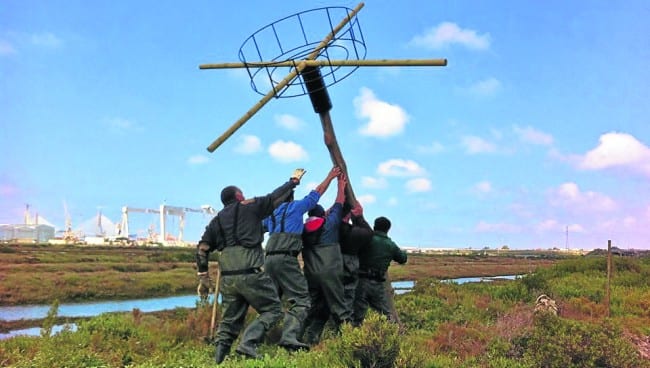
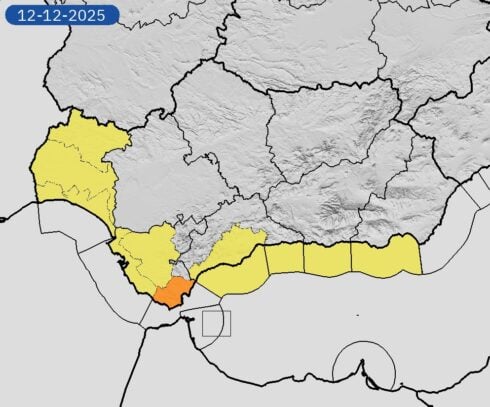
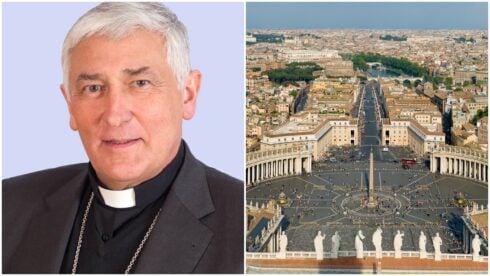
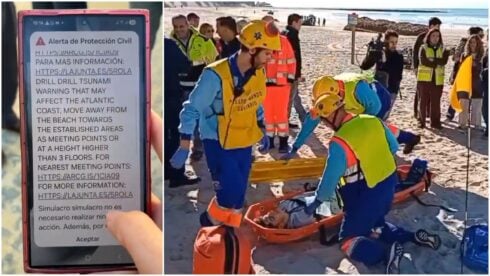

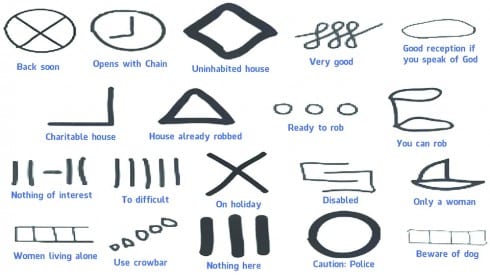


Absolutely brilliant.